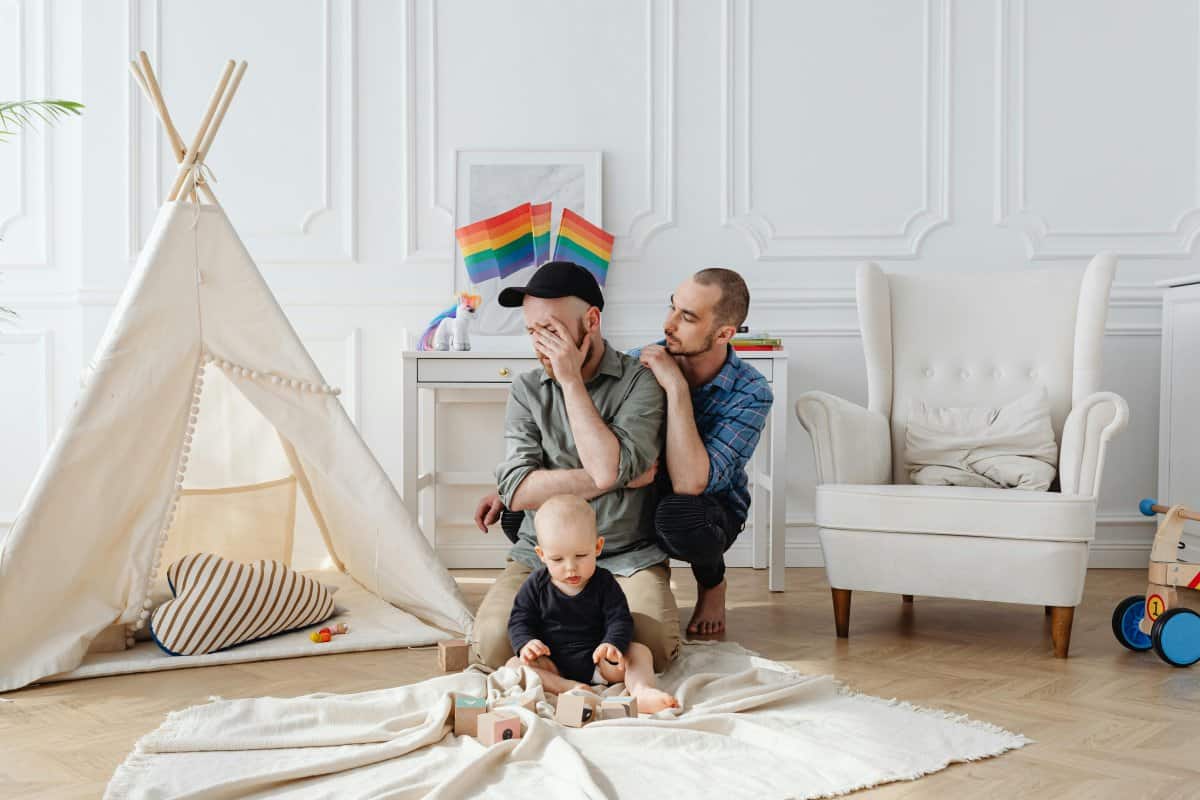This Is What Real Inclusion at Home Feels Like
In today’s world, genuine inclusion within the home is more important than ever. It means creating a space where every family member feels valued, respected, and supported—no matter their background, abilities, or beliefs. Real inclusivity isn’t just about meeting basic needs; it’s about fostering an environment where everyone’s voice matters. This article explores what authentic inclusion truly looks like in everyday family life, guiding you through actionable ways to build a home where everyone feels like they truly belong.
1. Every Voice Is Heard and Valued

A truly inclusive home thrives on active listening and open communication. In contrast to households where one person makes all the decisions, inclusive families make space for every member’s input—regardless of age or ability. Simple practices like family meetings or regular check-ins allow everyone to share feelings and ideas. When each voice is genuinely considered, it strengthens trust and creates a sense of belonging. This approach ensures that no one feels overlooked, and that every perspective is respected within the family dynamic.
2. Celebrating Cultural Differences

In an inclusive home, cultural diversity is not just accepted—it’s celebrated. Families take time to learn about each other’s traditions, share stories from their heritage, and participate in a variety of holidays. Unlike homes where differences are overlooked, these practices foster mutual understanding and pride. Cooking traditional meals together or decorating for different cultural events are simple ways to honor everyone’s background. By embracing these differences, families create an environment where each member feels seen, respected, and valued for who they are.
3. Accessible Spaces for All Abilities

A genuinely inclusive home considers the unique needs of every individual by adapting physical spaces for comfort and accessibility. This might look like installing ramps, creating sensory-friendly corners, or using visual aids for communication. Adjustable furniture and thoughtful layouts help ensure everyone can participate in daily life without barriers. Unlike environments that neglect accessibility, inclusive households welcome guests and family members with diverse needs. Such thoughtful modifications demonstrate respect, allowing everyone to feel comfortable and capable within the home.
4. Shared Responsibilities and Fair Chores

Inclusive homes practice equality by distributing household tasks based on ability, not just age or gender. Instead of assigning chores by rigid roles, families work together to ensure everyone contributes fairly. Rotating chore charts or collaborative cleaning sessions foster teamwork and mutual respect. This approach allows each person to participate in a meaningful way, building competence and confidence. By sharing responsibilities, families create a sense of ownership and pride, making the home a place where everyone’s efforts are recognized and valued.
5. Respect for Personal Boundaries

A truly inclusive home recognizes and honors personal boundaries, including space, privacy, and emotional needs. Unlike households where privacy is routinely overlooked, inclusive families set clear expectations and foster trust by respecting each member’s limits. Simple acts like knocking before entering a room or allowing alone time show care and consideration. These practices help create a safe, trusting environment where everyone feels comfortable expressing themselves and their needs, reinforcing each person’s autonomy and dignity within the family.
6. Flexible Routines That Adapt to Needs

Inclusive homes understand that flexibility is key to meeting everyone’s needs. Instead of enforcing a rigid, one-size-fits-all schedule, they adapt routines to accommodate different preferences, energy levels, and commitments. This might mean shifting meal times, customizing bedtime routines, or planning family activities around everyone’s availability. By being responsive and adaptable, families ensure that each member feels considered and supported. Such flexibility encourages cooperation and reduces stress, making daily life smoother and more inclusive for all.
7. Encouragement of Individual Interests

In truly inclusive homes, individual interests and talents are nurtured and celebrated. Rather than valuing only certain hobbies, families show support for a wide range of passions—be it sports, music, art, or academics. This might look like attending a child’s recital, displaying artwork on the fridge, or cheering at a sibling’s game. By participating in and encouraging diverse pursuits, families affirm each member’s unique gifts. Such support helps everyone feel appreciated, boosting confidence and strengthening the bonds that make a home inclusive.
8. Conflict Resolved with Empathy

In inclusive homes, conflict is addressed with empathy and understanding instead of punishment or avoidance. Family members are encouraged to engage in calm discussions, listen actively, and seek compromise. Techniques like using ‘I feel’ statements or holding family mediations help express emotions constructively. This approach models healthy conflict resolution, showing that every perspective matters and fostering emotional safety. By handling disagreements with compassion, families build trust and teach valuable skills for navigating challenges together, strengthening their connections in the process.
9. Shared Celebrations of Achievements

Inclusive homes make it a point to celebrate every achievement, whether it’s a big milestone or a small victory. There’s no room for comparison or competition—every success is recognized on its own merit. This might look like applauding academic progress, acknowledging personal growth, or celebrating a new job. By uplifting each family member, these celebrations create a positive environment where everyone feels appreciated and motivated. Such recognition reinforces the message that every individual’s accomplishments matter and contribute to the family’s shared joy.
10. Inclusivity in Meal Planning and Dining

In inclusive homes, meal planning and dining experiences are thoughtfully designed to embrace everyone’s tastes and needs. Family members are invited to share their preferences, and recipes are adapted for allergies, dietary restrictions, or cultural practices. This might mean hosting vegetarian nights, preparing gluten-free dishes, or exploring meals from various cultures together. By making the dining table a place where all feel welcome, families foster togetherness and respect, turning every meal into an opportunity for connection and inclusion.
11. Openness to Learning and Growth

Inclusive homes cultivate a spirit of continuous learning and personal growth. Family members are encouraged to admit mistakes, embrace curiosity, and seek out new perspectives. This openness might show up as reading together about diversity topics, watching documentaries, or inviting respectful debates at the dinner table. By modeling humility and a willingness to learn, families create an environment where everyone feels safe to grow, change, and express evolving ideas—making inclusion an ongoing, living process within the home.
12. Support During Difficult Times

In inclusive homes, emotional support is present during life’s toughest moments—whether facing illness, loss, or personal challenges. Family members check in regularly, offer comforting words, or simply sit together in silence when needed. Sometimes, they seek outside help as a team, showing that no one is left to struggle alone. These acts of care reinforce that every individual is valued and supported, no matter the circumstances. Such compassion strengthens family bonds and fosters a genuine sense of safety and belonging.
Conclusion

Real inclusion at home is built on intentional actions, empathy, and a true appreciation for each person’s uniqueness. When every voice is heard, boundaries respected, and differences celebrated, home becomes a place of belonging for all. It’s not about perfection, but about consistently choosing to value, support, and uplift one another. Imagine a home where everyone feels safe, seen, and empowered—this is the heart of genuine inclusion. Let’s strive to create such spaces, where every family member feels truly welcome and cherished.
.article-content-img img { width: 100% }




